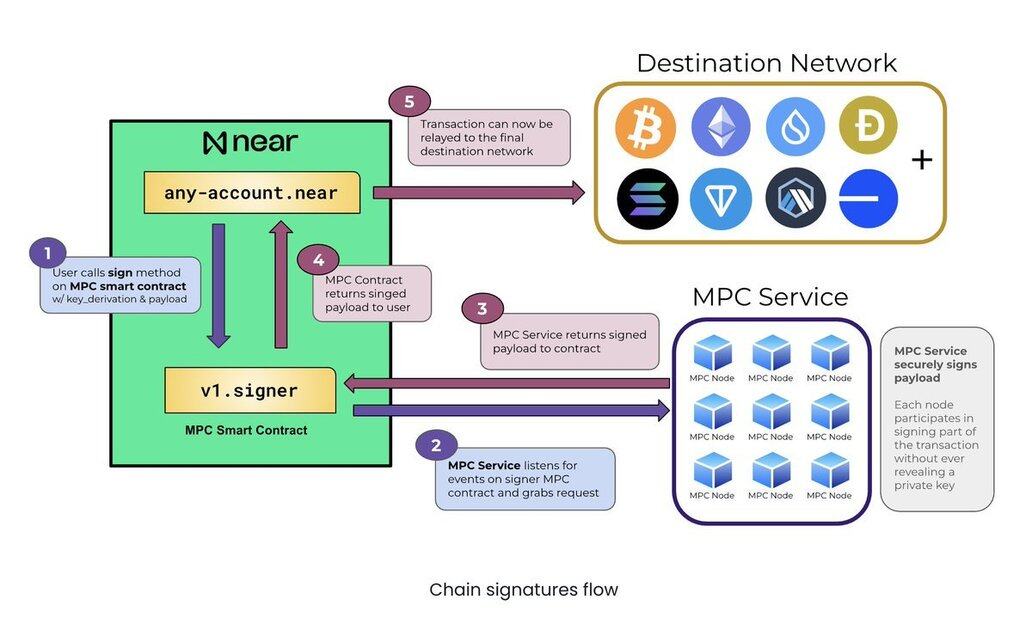Today I chatted with a friend in the currency circle, and he said: "I am not afraid of the price of the currency, but what I am most afraid of is that assets are quietly eaten by inflation every day." ” This sentence expresses the common anxiety of many public chain holders. Typically, the annual inflation rate of public chain tokens is between 5% and 10%, and users will face asset dilution if they do not participate in staking. If you choose staking, you have to bear the liquidity risks and opportunity costs caused by lock-up. Coincidentally, a recent proposal from @NEARProtocol has attracted a lot of attention: it would directly reduce annual inflation from 5% to 2.5%, which is equivalent to switching from the previous "continuous release" mode to a "semi-tight" state. For long-term holders, this change in mechanism is undoubtedly a substantial benefit. Reducing inflation certainly helps with value precipitation, but it can also lead to a decline in staking yields. The key...
Show original
10.23K
0
The content on this page is provided by third parties. Unless otherwise stated, OKX is not the author of the cited article(s) and does not claim any copyright in the materials. The content is provided for informational purposes only and does not represent the views of OKX. It is not intended to be an endorsement of any kind and should not be considered investment advice or a solicitation to buy or sell digital assets. To the extent generative AI is utilized to provide summaries or other information, such AI generated content may be inaccurate or inconsistent. Please read the linked article for more details and information. OKX is not responsible for content hosted on third party sites. Digital asset holdings, including stablecoins and NFTs, involve a high degree of risk and can fluctuate greatly. You should carefully consider whether trading or holding digital assets is suitable for you in light of your financial condition.

